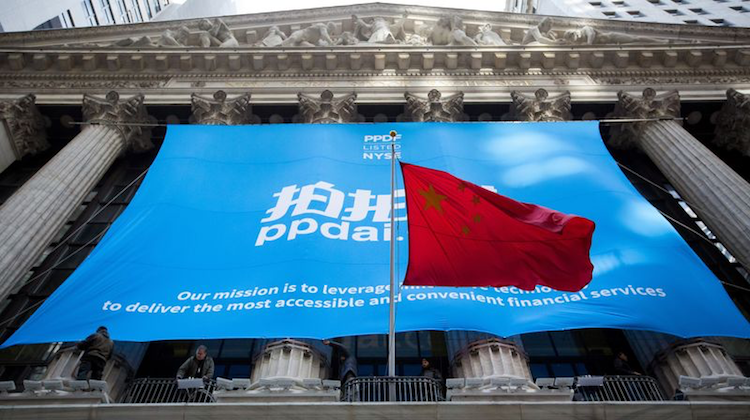Online Lenders
What you need to know about China’s online microlending industry
- Online lending in China is getting out of control for regulators -- many of the players are unlicensed and it’s looking like an increasingly predatory business
- Online consumer lending in China accounted for more than 85 percent of global activity last year








